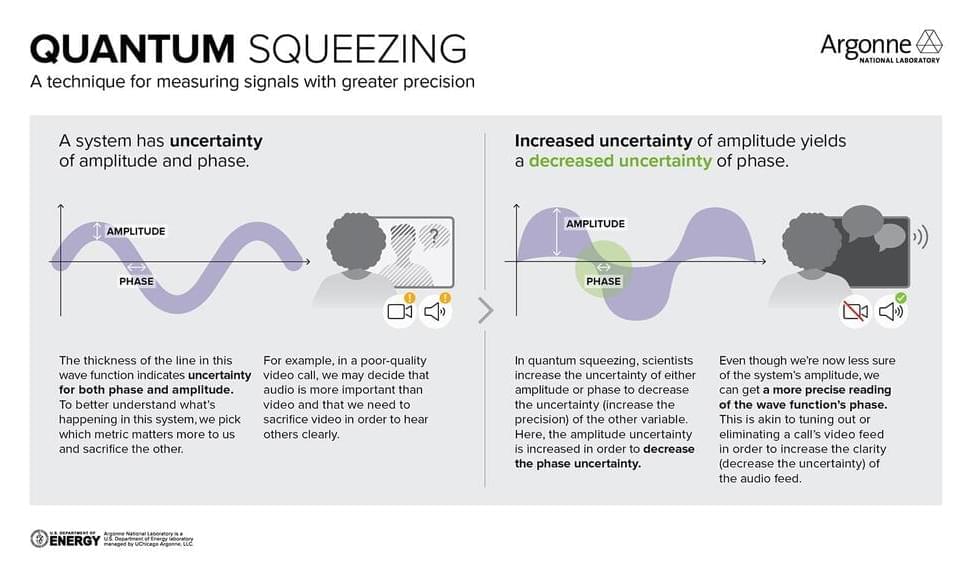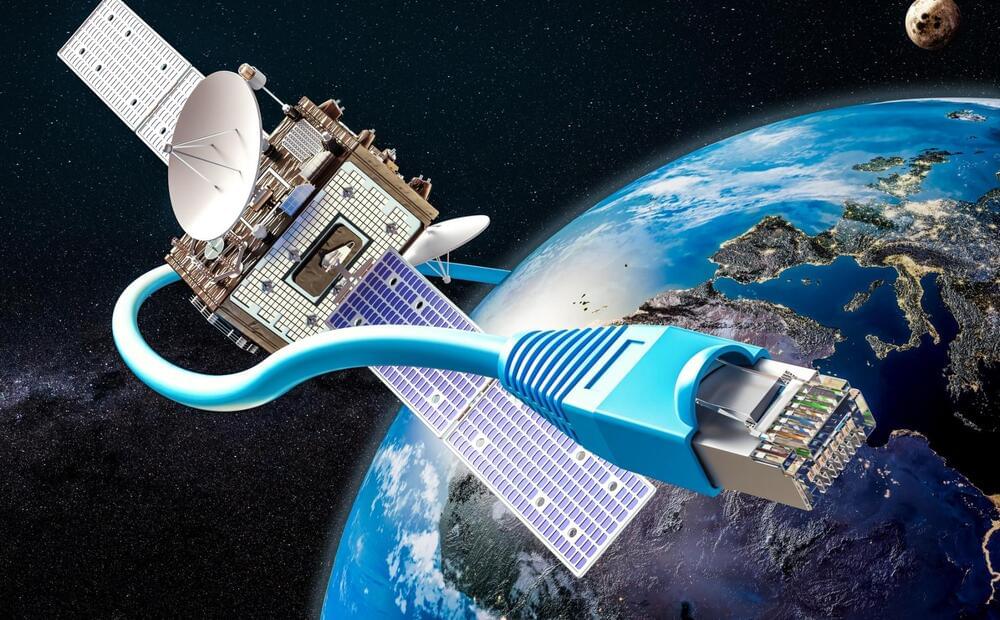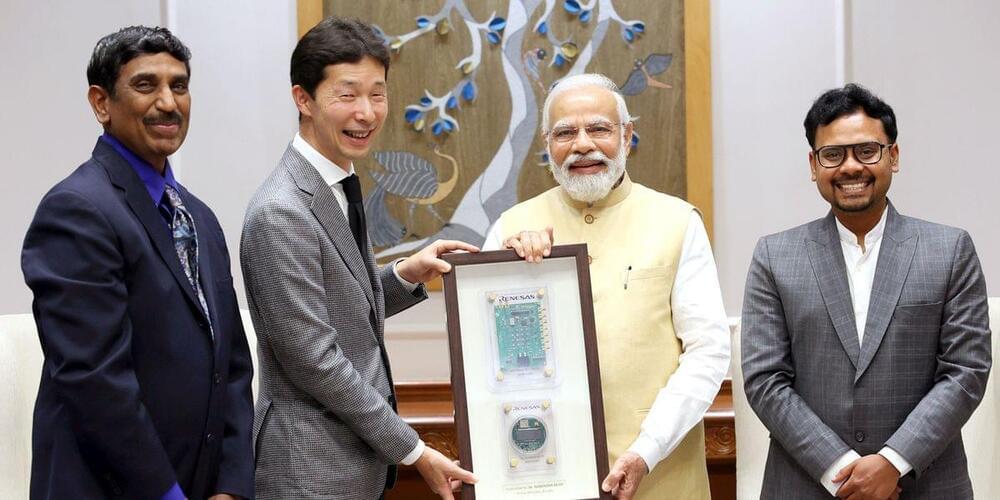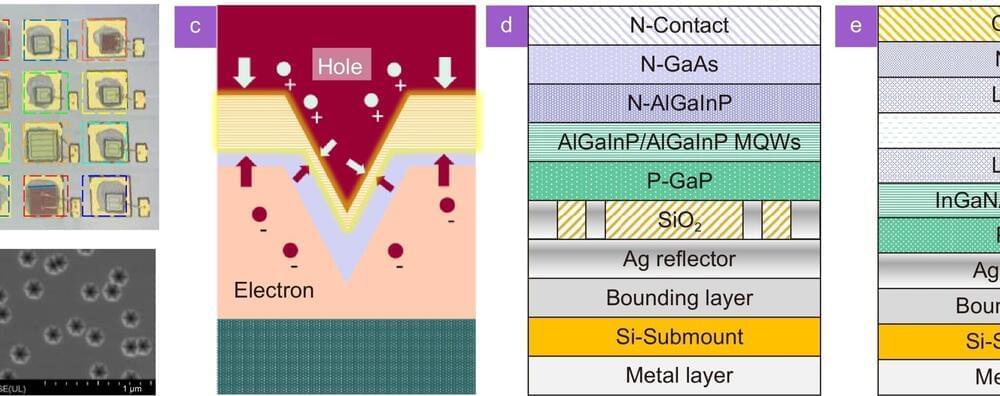With office spaces being emptier, companies are using WiFi access points and AI sensors to learn about employees’ behavior in the workplace.



Elon Musk’s SpaceX has received its first contract from the US Space Force to provide customized satellite communications for the military under the company’s new Starshield program, extending the provocative billionaire’s role as a defense contractor.
Space Exploration Technologies Corp. is competing with 15 companies, including Viasat Inc., for $900 million in work orders through 2028 under the Space Force’s new “Proliferated Low Earth Orbit” contracts program, which is tapping into communications services of satellites orbiting from 100 miles to 1,000 miles (160 kilometers to 1,600 kilometers) above Earth.
The Starshield service will be provided over SpaceX’s existing constellation of Starlink communications satellites.

How many times have you shown up to a video meeting with people at work only to find you have terrible internet that day? Maybe the others on the call are cutting in and out, or maybe your own signal is being corrupted on their screen. Regardless, many remote workers have found a simple solution—turn down the video quality and focus on audio.
In a very general sense, this is the same technique that researchers leverage when using quantum squeezing to improve the performance of their sensors. Mark Kasevich, a professor of physics and applied physics at Stanford University and a member of Q-NEXT, uses quantum squeezing in his work developing quantum sensors.
Q-NEXT is a U.S. Department of Energy (DOE) National Quantum Information Science Research Center led by DOE’s Argonne National Laboratory. Center researchers use quantum squeezing to make better measurements of quantum systems.

And it will pay legal fees if its customers end up in any lawsuits about it.
Getty Images is so confident its new generative AI model is free of copyrighted content that it will cover any potential intellectual-property disputes for its customers.
The generative AI system, announced today, was built by Nvidia and is trained solely on images in Getty’s image library. It does not include logos or images that have been scraped off the internet without consent.


At the meeting with Modi, Sharma presented the prime minister with a cutting-edge 5G millimeter-wave and sub-6-gigahertz chipset designed by Renesas’s R&D teams in Bengaluru and San Diego.
“The prime minister displayed a genuine fascination with the chipset and talked about the technical intricacies of the integrated chip,” the IEEE member says. “He asked about the silicon node and the fabrication facility that created it.
I firmly believe the development of these critical chips is vital for the greater public good, Sharma says. Those working in industry can be change agents and have a meaningful impact on society, such as advancing technology for humanity. After all, that is the motto of IEEE.
Wi-Fi signals can do much more than deliver streaming movies and music around the home, it turns out: they can also be used to identify shapes through solid walls, as demonstrated in recent experiments.
The ability for Wi-Fi to spot movement through walls has been shown off before, but the technology struggles with seeing anything that isn’t in motion.
To overcome that limitation, researchers from the University of California Santa Barbara (UCSB) designed a Wi-Fi setup to concentrate specifically on the edges of objects, much like a person might do an outline drawing.

The P2PInfect botnet worm is going through a period of highly elevated activity volumes starting in late August and then picking up again in September 2023.
P2PInfect was first documented by Unit 42 in July 2023 as a peer-to-peer malware that breaches Redis instances using a remote code execution flaw on internet-exposed Windows and Linux systems.
Cado Security researchers who have been following the botnet since late July 2023, report today seeing global activity, with most breaches impacting systems in China, the United States, Germany, Singapore, Hong Kong, the UK, and Japan.
We are entering a new era of AI, one that is fundamentally changing how we relate to and benefit from technology. With the convergence of chat interfaces and large language models you can now ask for what you want in natural language and the technology is smart enough to answer, create it or take action. At Microsoft, we think about this as having a copilot to help navigate any task. We have been building AI-powered copilots into our most used and loved products – making coding more efficient with GitHub, transforming productivity at work with Microsoft 365, redefining search with Bing and Edge and delivering contextual value that works across your apps and PC with Windows.
Today we take the next step to unify these capabilities into a single experience we call Microsoft Copilot, your everyday AI companion. Copilot will uniquely incorporate the context and intelligence of the web, your work data and what you are doing in the moment on your PC to provide better assistance – with your privacy and security at the forefront. It will be a simple and seamless experience, available in Windows 11, Microsoft 365, and in our web browser with Edge and Bing. It will work as an app or reveal itself when you need it with a right click. We will continue to add capabilities and connections to Copilot across to our most-used applications over time in service of our vision to have one experience that works across your whole life.
Copilot will begin to roll out in its early form as part of our free update to Windows 11, starting Sept. 26 — and across Bing, Edge, and Microsoft 365 Copilot this fall. We’re also announcing some exciting new experiences and devices to help you be more productive, spark your creativity, and to meet the everyday needs of people and businesses.

Under the limitation of current density, micro-LED is difficult to achieve watts level optical power, which is not suitable for long-distance and underwater optical communication that requires high-power optical transmitter devices. Therefore, how to improve the communication performance of conventional-size LED is also a key issue at present.
The authors of an article published in Opto-Electronic Science studied a wavelength division multiplexing visible light communication system based on multi-color LED. The system uses a Si substrate GaN-based LED with a 3D structured quantum well. In the active layer of this LED, there is a three-dimensional structure (“V” shaped pit, or V-pit) with a hexagonal profile, opening towards the P-type GaN layer.
With the large-scale commercial use of 5G, global academia and industry have started research on the next-generation mobile communication technology (6G).
However, the existing RF spectrum resources are seriously depleted to meet the spectrum demand of 6G for ultra-high speed and ultra-large capacity. This severe challenge stimulates researchers to focus on higher frequency bands such as terahertz, infrared and visible light. Among them, visible light communication utilizes the ultra-wide spectrum from 400THz to 800THz, which has the merits of no licensing, high secrecy, environmental-friendly, and no electromagnetic radiation.
At the same time, with the help of commercially available LED technology, visible light communication systems can be integrated with lighting systems. However, limited by the electro-optic response performance of LED devices, the actual available bandwidth of the system is very small compared with the frequency band of visible light.